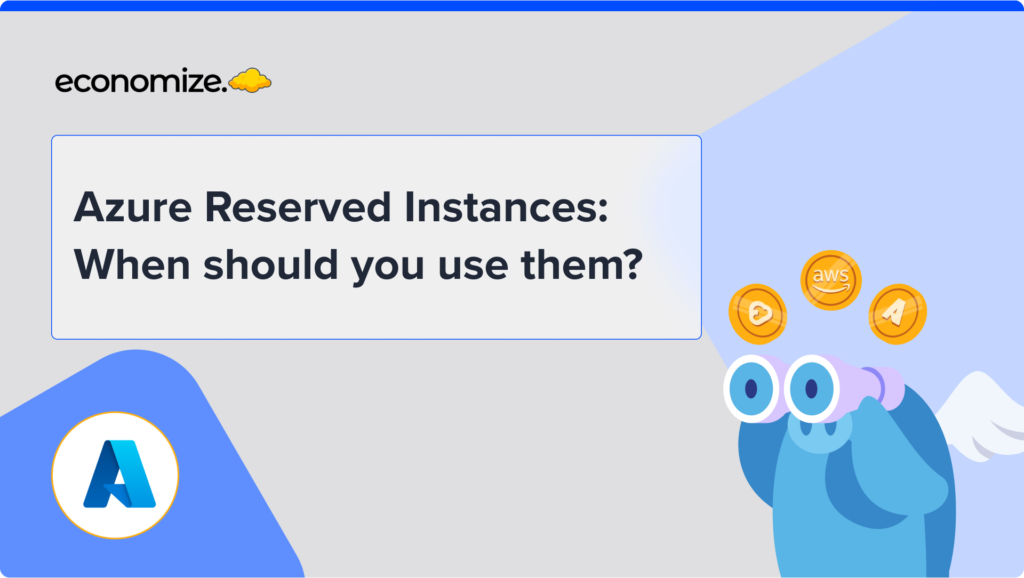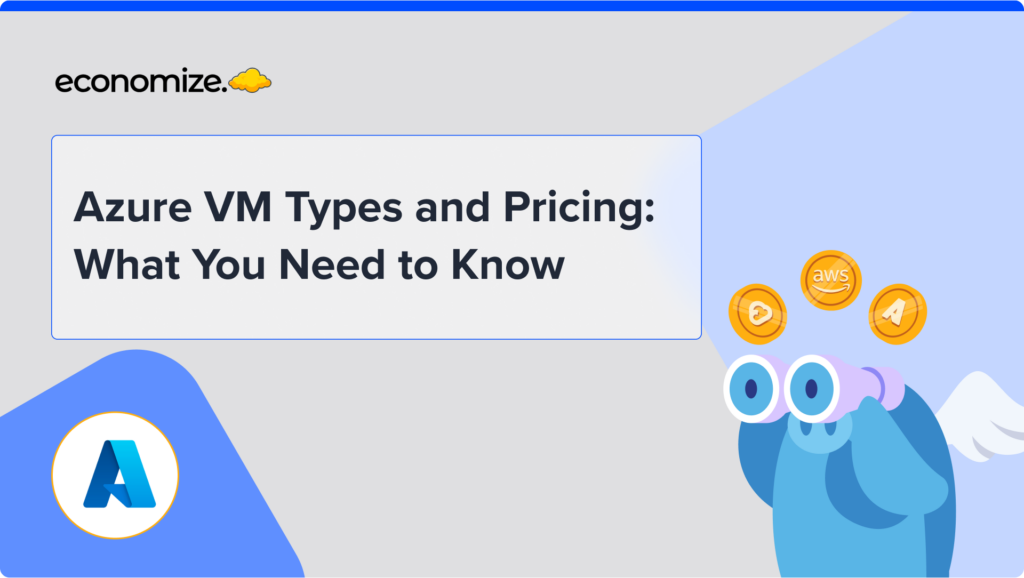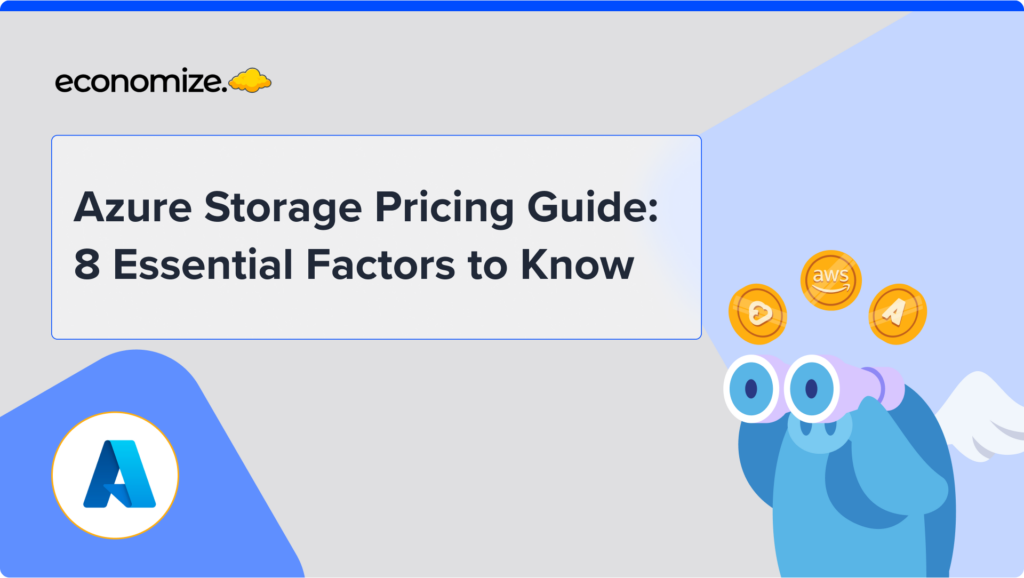Introduction
Amazon S3 (Simple Storage Service) is a popular cloud storage solution known for its security, durability, and scalability. A standout feature of AWS S3 is its replication capability, which enhances data redundancy and availability. However, it’s crucial to understand and manage the S3 replication cost to maximize its benefits while keeping expenses in check. This article delves into what S3 replication is, the types available, the factors that affect S3 replication costs, and strategies to optimize these costs.
What is S3 Replication?
S3 replication is a feature that lets users automatically and asynchronously copy objects across different S3 buckets. These buckets can be located either within the same region or in different regions, depending on how the replication is configured. The main goal of replication is to improve data durability, and accessibility, and ensure compliance with data residency requirements.
What is S3 Replication?
S3 replication is a feature that lets users automatically and asynchronously copy objects across different S3 buckets. These buckets can be located either within the same region or in different regions, depending on how the replication is configured.
Replication operates by setting up rules on a source bucket. These rules specify which objects should be copied to a destination bucket and under what conditions. Typically, S3 replication is used for disaster recovery, data migration, and ensuring compliance with data sovereignty laws.
What are the types of S3 Replication?
Amazon S3 replication ensures data availability, durability, and compliance with regulatory requirements. With different types of replication available, it’s essential to understand their differences and understand the S3 replication costs to optimize your storage strategy.
There are two types of replication: Live replication and On-demand replication.

Live Replication
Live replication automatically replicates new and updated objects as they are written to the source bucket. It ensures that all new data is immediately copied to the destination bucket, enhancing data durability and availability. However, live replication does not handle existing objects, it only deals with new data after the replication is set up.
There are two forms of live replication: Cross-Region Replication (CRR) and Same-Region Replication (SRR)
Cross-Region Replication (CRR): Cross-region replication (CRR) replicates objects across Amazon S3 buckets in different AWS regions, making it ideal for disaster recovery, data compliance, and reducing latency for global applications. By distributing data across various regions, CRR offers a robust solution for protecting against regional outages and meeting regulatory requirements.
Same-Region Replication (SRR): Same-Region Replication replicates objects within the same AWS region. It is useful for applications that require low-latency data access and compliance with local data residency laws. SRR ensures that data remains within a specific geographic area while maintaining multiple copies for enhanced durability.
On-Demand Replication
On-demand replication is designed to replicate existing objects from the source bucket to one or more destination buckets. This process is facilitated by S3 Batch Replication, which allows users to specify which objects to replicate and when. On-demand replication is especially useful for one-time data migrations or ensuring that pre-existing data complies with new replication policies.
Factors Affecting S3 Replication Cost
Amazon S3 replication is essential for businesses needing to ensure data redundancy, durability, and compliance across multiple locations. While it offers significant benefits, S3 replication costs can quickly accumulate and impact your overall cloud storage budget if not properly managed. Let’s explore some factors that influence S3 replication costs.
S3 Storage Costs
S3 storage costs play a crucial role in the overall replication expenses. These costs arise from storing data in various storage classes, each with its own pricing structure based on data access patterns and retention policies. For example, frequently accessed data stored in the Standard storage class will incur higher costs compared to infrequently accessed data stored in the Glacier storage class.
Additionally, the duration for which data is stored also impacts the cost, with long-term storage typically being more economical. Understanding these nuances can help businesses optimize their storage strategy and manage S3 replication costs effectively.
Storage Class and Retention
Amazon offers various S3 storage classes, each suited for different use cases and pricing models. S3 Standard is perfect for frequently accessed data, providing high availability and low latency at a higher cost. S3 Intelligent Tiering optimizes costs by automatically moving data between access tiers as needed. S3 Standard-IA and S3 One Zone-IA are more economical for infrequently accessed data, with S3 One Zone-IA being cheaper but less resilient.
For archival needs, S3 Glacier and S3 Glacier Deep Archive offer very low storage costs, with retrieval times ranging from minutes to 12 hours. Retention policies also affect costs, as longer retention in higher-cost classes increases expenses.
Replication PUT Requests
Replication PUT requests are another factor that significantly affects S3 replication cost. Each time data is replicated, a PUT request is charged for every object copied from the source bucket to the destination bucket. In environments with high data transaction volumes, these charges can accumulate rapidly. The frequency and volume of data changes directly impact the number of PUT requests, making it crucial to monitor and manage these activities. Understanding and optimizing your PUT request usage can help control S3 replication costs effectively.

Data Transfer Volume
The volume of data transferred between buckets is a key factor affecting S3 replication costs. AWS charges for data transferred out of the source bucket, so higher data transfer volumes lead to increased costs. Monitoring and managing the amount of data being replicated is essential to keep expenses under control. By understanding your data transfer patterns, you can make informed decisions to optimize replication and reduce costs.
Frequency of Data Replication
The frequency of data replication significantly impacts S3 replication costs, as more frequent replication leads to higher data transfer volumes and an increase in PUT requests, both of which drive up expenses. Businesses need to carefully balance their need for real-time data replication against these associated costs to manage their budgets effectively.
S3 Batch Replication Charge
Amazon S3 provides S3 Batch Replication for replicating existing objects, enabling users to replicate large sets of data from a source bucket to one or more destination buckets. This service is especially useful for initial data migrations or ensuring older data meets new replication policies. However, it’s important to note that S3 Batch Replication incurs charges based on the number of objects replicated and the associated data transfer costs.
Best Practices to Reduce S3 Replication Cost
Effectively managing S3 replication costs is essential for optimizing cloud storage expenses. Here are some best practices to help reduce S3 replication costs.
Efficient Data Management Practices
One of the most effective ways to optimize S3 replication costs is through efficient data management practices. By carefully managing the data that gets replicated, you can significantly reduce unnecessary expenses.
For instance, archiving infrequently accessed data to lower-cost storage classes like S3 Glacier or S3 Glacier Deep Archive can minimize the amount of data replicated in higher-cost storage classes. Regularly auditing and deleting obsolete or redundant data not only cuts storage costs but also reduces the data transferred during replication. Additionally, compressing data before storing it in S3 can decrease the size of the replicated data, further lowering associated costs.
Leveraging AWS Cost Management Tools
AWS provides several tools to help manage and optimize replication costs. Utilizing these tools can provide valuable insights and control over your expenses.
AWS Cost Explorer: AWS Cost Explorer allows you to analyze your spending patterns and identify cost drivers. Use it to track replication costs and identify areas for optimization.
AWS Budgets: Set up AWS budgets and receive alerts when your replication costs exceed predefined thresholds. This helps in proactively managing expenses and avoiding unexpected charges.
AWS Trusted Advisor: This service provides real-time guidance to help you provision your resources following AWS best practices. Use AWS Trusted Advisor to get recommendations on cost optimization for S3 replication.
AWS Cost Optimization Hub: The AWS Cost Optimization Hub is a centralized platform designed to help users manage and reduce their AWS costs through tools, best practices, and resources. It provides insights and recommendations for optimizing cloud spending, enabling efficient resource utilization and cost savings.
Utilizing S3 Batch Replication
S3 Batch Replication offers a cost-effective solution for replicating existing objects, enabling you to replicate large sets of data from a source bucket to one or more destination buckets efficiently. By scheduling batch replication jobs during off-peak hours, you can take advantage of lower transfer rates, reducing costs associated with large-scale data transfers.
Additionally, S3 Batch Replication allows for targeted replication of specific objects, ensuring that only necessary data is transferred. This approach minimizes the volume of data and the associated costs, making the replication process more economical.
Managing Replication PUT Requests
As Replication PUT requests are a significant factor affecting S3 replication cost, each object replicated from the source bucket to the destination bucket incurs a PUT request charge. Managing these requests effectively can lead to substantial cost savings. Using batch operations to replicate multiple objects in a single request reduces the number of PUT requests and associated costs. Additionally, implementing replication rules that selectively replicate essential data based on tags or prefixes can further minimize unnecessary PUT requests, making the replication process more efficient and economical.
Conclusion
Effectively managing Amazon S3 replication costs is essential for optimizing your cloud storage expenses. By understanding the different types of S3 replication and the factors that influence their costs, businesses can make informed decisions to balance performance and budget. Efficient data management practices, and implementing best practices allow you to maximize the benefits of S3 replication without incurring unnecessary expenses. With careful planning and ongoing monitoring, you can ensure that your replication strategy aligns with your business needs and budget.
How can we help?
Are your cloud bills reaching the sky? Don’t let cloud costs weigh you down anymore. With Economize, you can slash your cloud expenditures by up to 30% effortlessly. Book a free demo with us today and discover how we can help you start saving in as little as 10 minutes.








